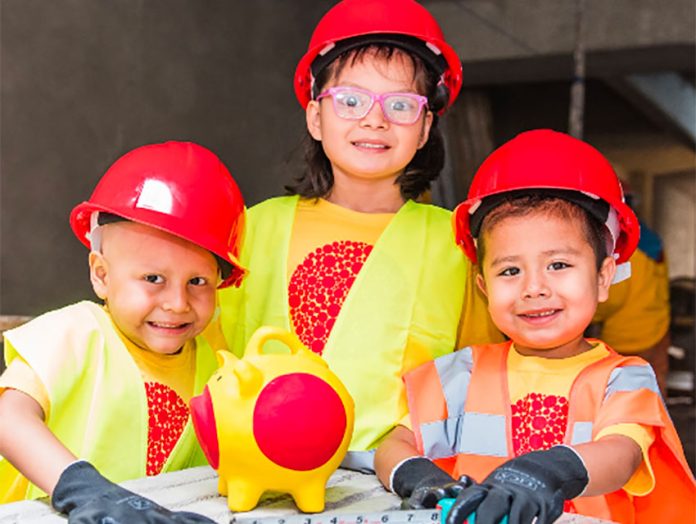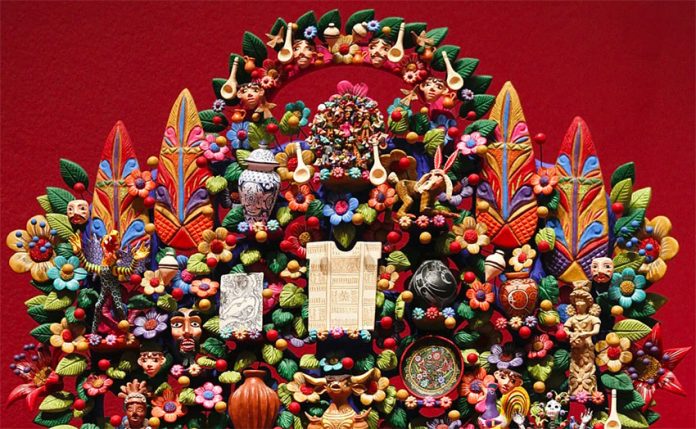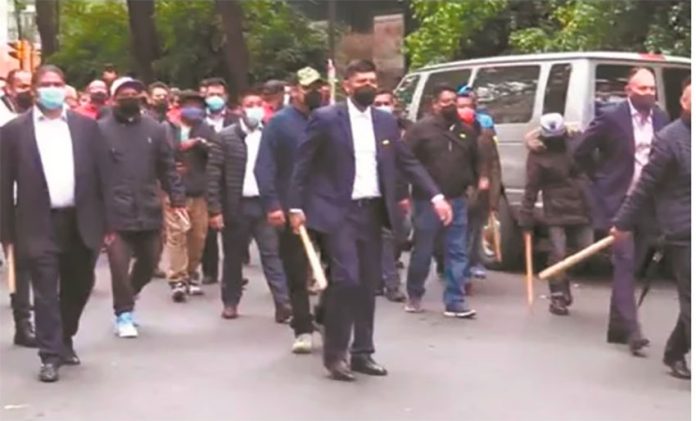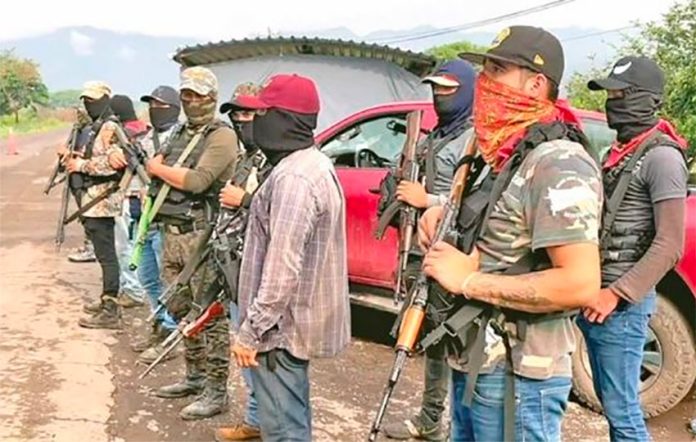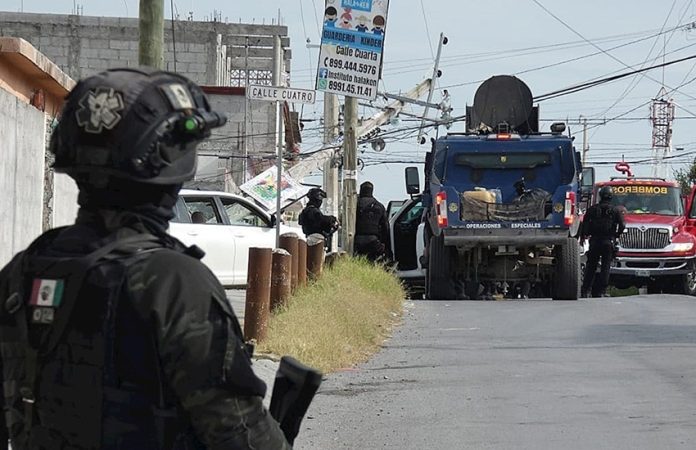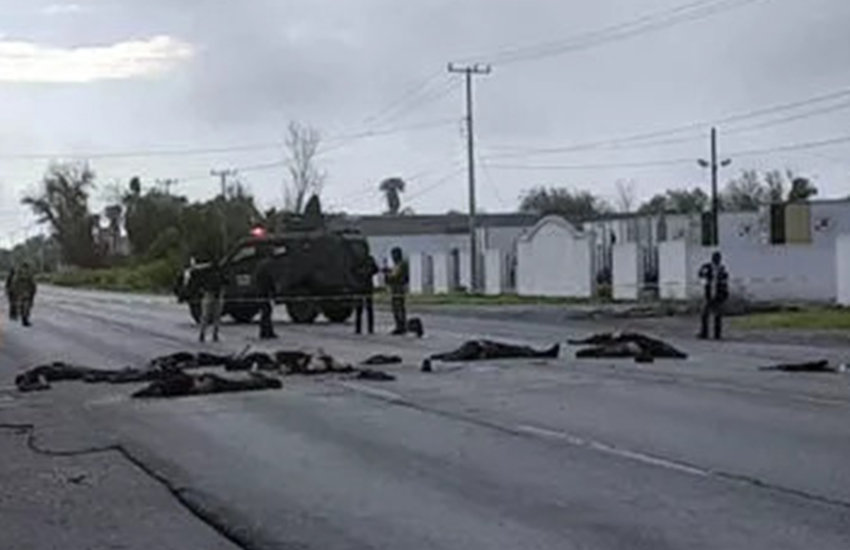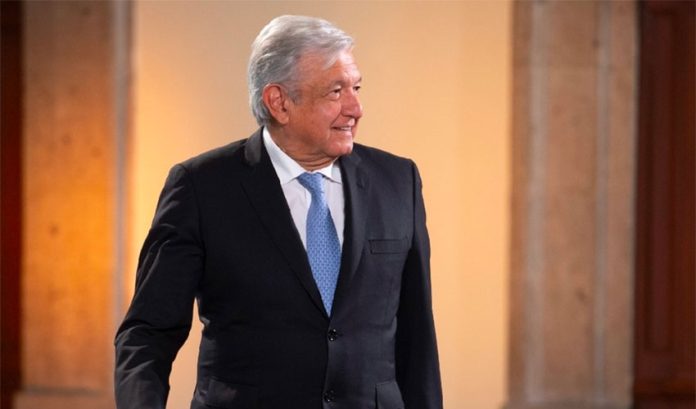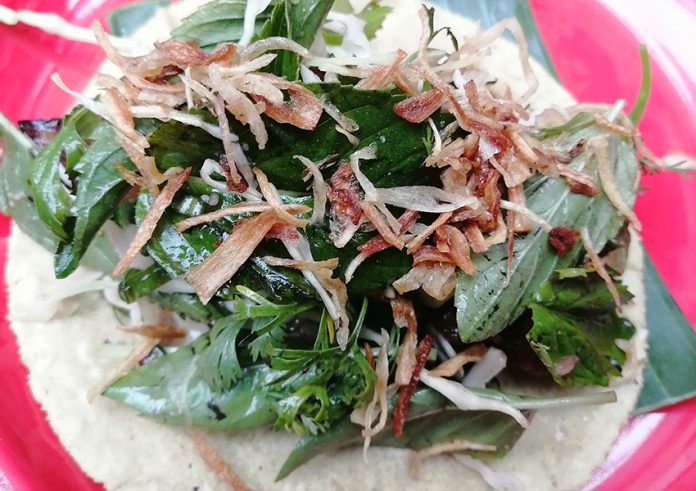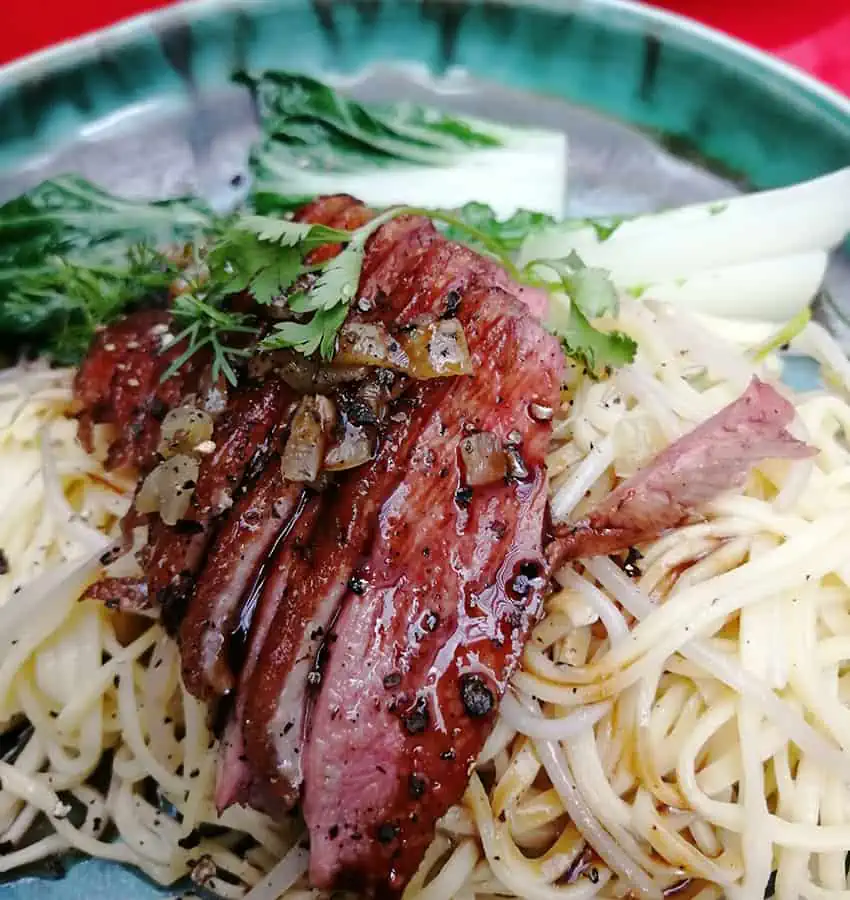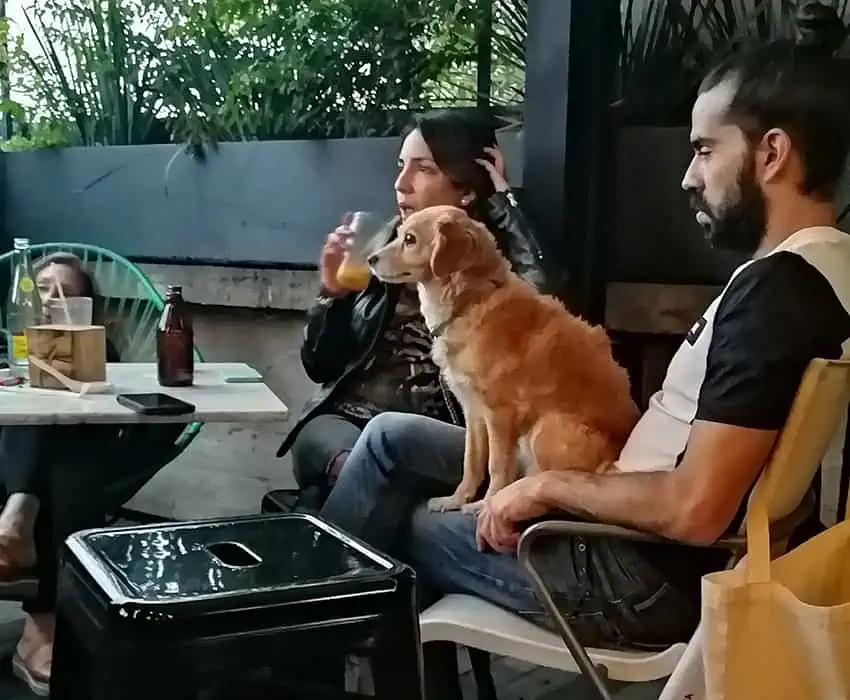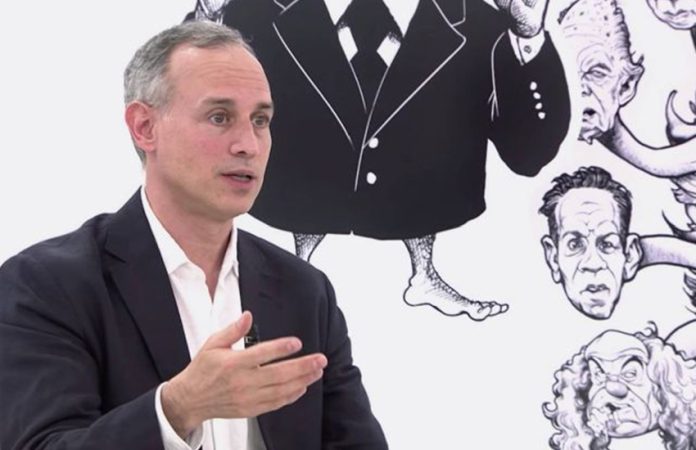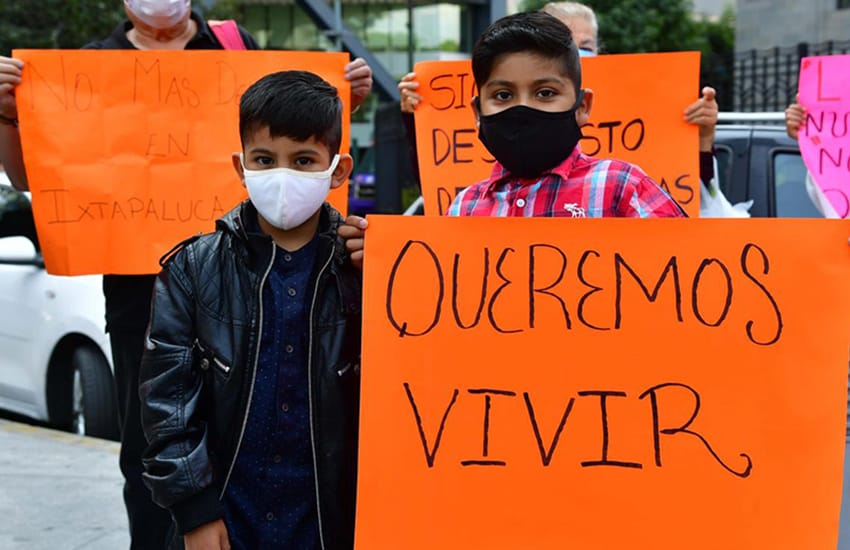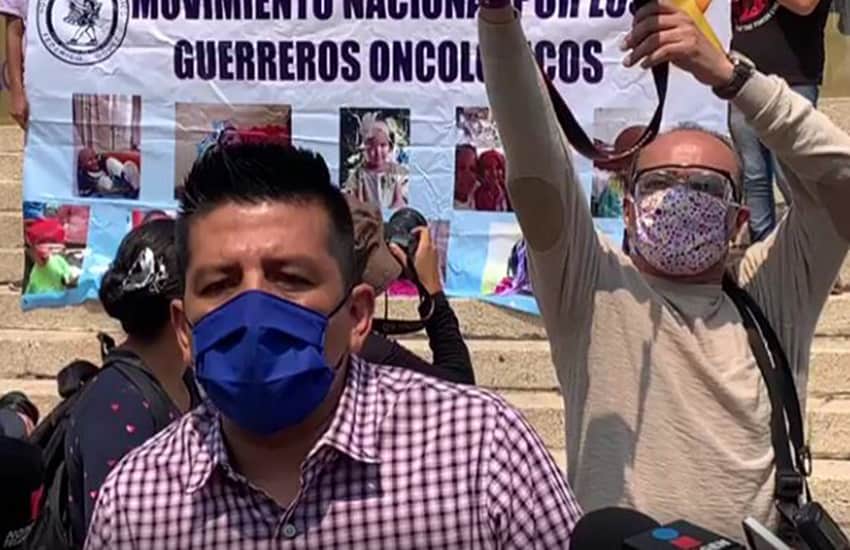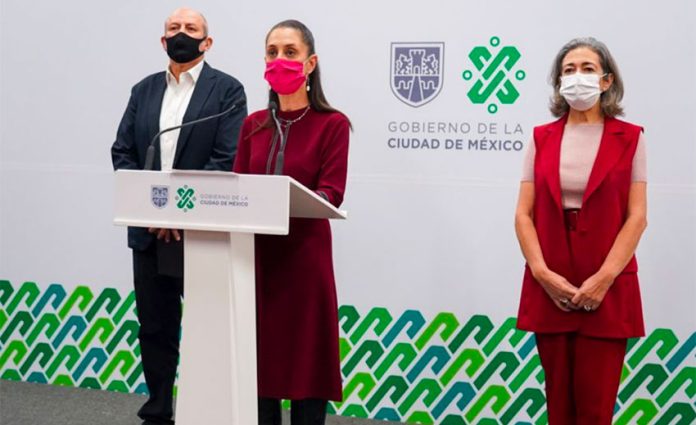Parents of children with cancer have come forward to relate their harrowing experiences with medication shortages after a leading federal health official denied there is a lack of cancer drugs in Mexico.
Deputy Health Minister Hugo López-Gatell said in a television interview broadcast on Sunday that the assertion there are shortages is a lie. He also charged that protests against shortages led by parents of children with cancer are linked to international right-wing groups interested in overthrowing legitimately elected governments.
Mothers and fathers of children with cancer who joined a virtual meeting convened by the newspaper Reforma shared stories that served to disprove the remarks of López-Gatell, who retreated from some of his claims on Tuesday amid widespread criticism.
Since drug shortages first became widespread in 2019, countless other parents have recounted the difficulties their children have faced in getting the medical treatment they needed. Some of the stories have tragic endings.
One person who spoke with Reforma was Orfa Pecina of Nuevo León, whose 11-year-old son died of cancer earlier this month.
“Here is the consequence of the shortage, which did exist,” she said while holding up an urn containing the ashes of her son, who was treated at a Mexican Social Security Institute (IMSS) hospital in Monterrey.
“…. If Emmanuel had received his chemotherapy on time, if he didn’t have to wait so long for them to get medication, … I believe the outcome wouldn’t have been so tragic,” said Pecina, who held raffles and sold belongings to raise money to purchase medications that weren’t available at the IMSS hospital.
Severa Hernández, also of Nuevo León, related a similar story about her son’s experience at the same hospital. David, also 11, died of leukemia in December.
“My boy is gone, it’s very difficult,” Hernández said as tears streamed down her face, adding that she and her family did everything they could to get David the medications he needed.
In an opinion piece published in The Washington Post, Mexican journalist Ricardo Raphael noted that parents of children with cancer who say they have been affected by drug shortages have been protesting for almost two years and even taken legal action against the government.
“On this issue there can’t be two truths: either López-Gatell is lying or the presumed victims of the shortage are,” he wrote.
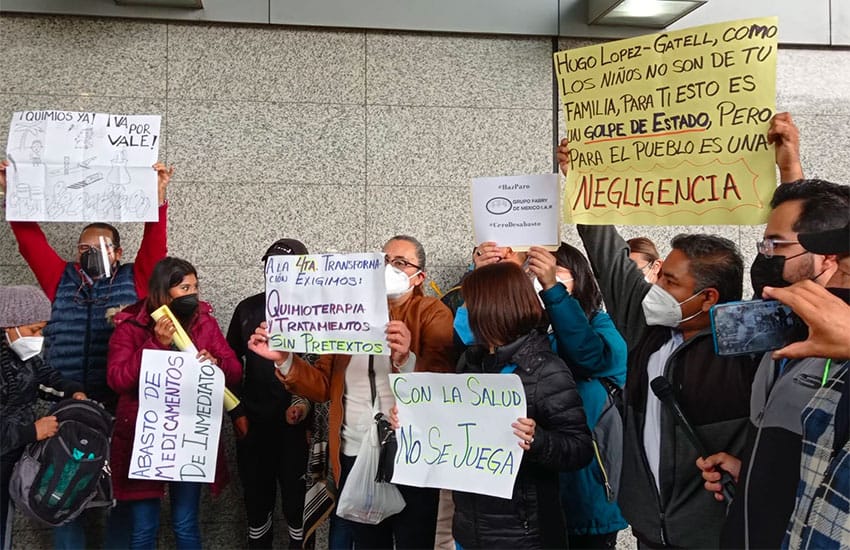
“… Contrast what the deputy minister said with the hundreds of testimonies that, since the middle of 2019, have been offered publicly by family members of the children allegedly afflicted by the shortages as well as their doctors and civil society organizations that deal with this problem.”
The parents who spoke to Reforma said that they have heard the same thing over and over again from health officials and President López Obrador: the government has a new purchasing scheme and the medications will arrive soon.
“It’s sad and regrettable that this man’s words continue to be the same as always,” said Elissa Torres, referring to AMLO, as the president is commonly known.
“We just hear more of the same, that they’re supplying [the drugs].We want to see action. We’ve been to his morning press conferences to ask to be attended to but they don’t attend to us. The reality is … there are no medications. My son has been through five shortages,” she said.
Torres also said that she has participated in protests against shortages since 2019, the first full year of the current government’s six-year term.
“We went to the [Mexico City] airport, we went on a hunger strike, we went to meetings [with government officials] and we’ve heard the same words many times, … ‘They [the mediations] are going to arrive now,’” she said.
The government entered into an agreement last July with the United Nations Office for Project Services (UNOPS) to collaborate on the international purchase of medicines, medical supplies and vaccines but the shortages of children’s cancer drugs have persisted, parents say.
“…They [government officials] show us inventories [of medications], we’ve been in meetings with [Interior] Minister Olga Sánchez but the reality is there is still a shortage. They fill one hole and another opens up,” Torres said.
Despite López-Gatell’s recent denial that shortages exist, government officials are aware of the problem, she said.
However, it is unlikely that they are aware of the extent of the problem and what purchases need to be made to resolve it, suggests the director of Nariz Roja, a civil society organization that supports children with cancer and their families.
“Mexico today is buying medications blindly because we don’t have a census of cancer patients in the country; the government doesn’t know how many people have cancer, it’s pathetic,” Alejandro Barbosa told the newspaper Milenio.
Israel Rivas, spokesman for a national group of parents of child cancer patients, compared the government to a man who doesn’t know how many children he has fathered.
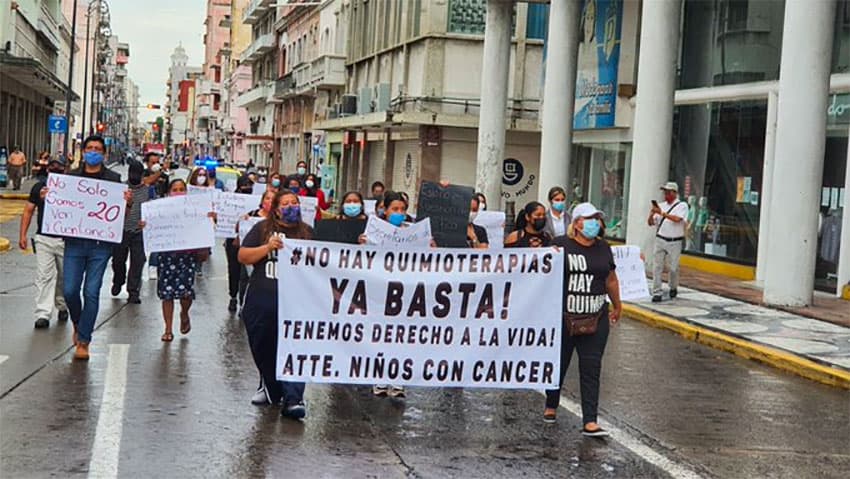
“… It’s as if you’re a father and you don’t know how many children you have, how much food you’re going to buy when you go the supermarket and for what ages,” he said.
Andrés Castañeda of the Cero Desabasto (Zero Shortage) collective, a group that monitors the availability of medications in the public health system and pressures the government to keep up the supply, said that efforts to develop a national registry of cancer patients have stalled.
Irene Tello, director of the non-governmental organization Impunidad Cero (Zero Impunity), said that a national registry wasn’t previously so important because public hospitals made their own drug purchases according to their needs. However, the current government centralized purchasing, ostensibly to eliminate corruption.
“The problem is that the federal government ceased buying well and it’s in a fight with the country’s main producers of cancer medications,” Tello said. “They took very bad decisions with respect to the purchase of supplies for the treatment of cancer.”
Castañeda said the government tends to claim that it has resolved a shortage of a particular drug at a hospital when it has only delivered a quantity that will last for a very limited period of time.
“… The government says ‘done, we’ve delivered five little boxes [of whatever drug is lacking],’ but that’s only enough for today, what’s going to happen tomorrow?” he said.
Castañeda also claimed that there is a lack of transparency surrounding the purchases made via the agreement with UNOPS.
“Before we could look at everything that had been bought on the IMSS database” and see where the drugs were going but that’s no longer possible, he said. “It’s a big backward step with respect to what we had,” Castañeda said.
